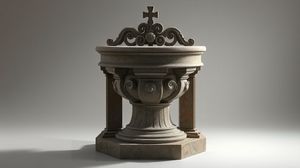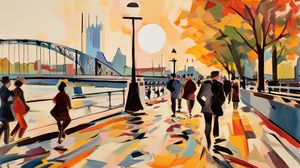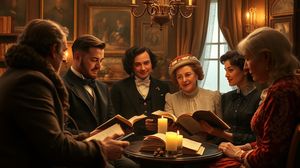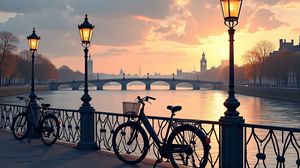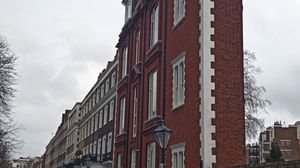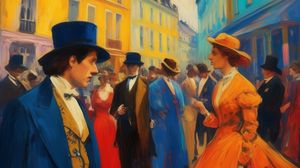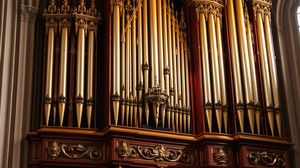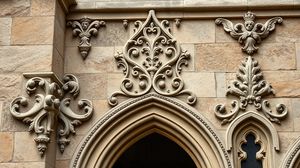
Crosby Hall is a historic manor house located on Cheyne Walk in Chelsea, London. Originally built in the City of London in 1466 for Sir John Crosby, a wealthy grocer and alderman, it was moved to its current location in 1910. This extraordinary feat involved dismantling and transporting the timber-framed structure, re-erecting it piece by piece alongside the River Thames.
One of the fascinating aspects of Crosby Hall is its connection to notable historical figures. The hall is reputed to have been briefly inhabited by Richard III when he was the Duke of Gloucester. It has also served as the residence for Sir Thomas More, the famous Renaissance humanist and statesman, contributing to its rich historical tapestry.
The architecture of Crosby Hall is a captivating mix of medieval craftsmanship and later additions. The original portion of the hall boasts impressive oak beams and intricate woodwork, highlighting the skilled craftsmanship of the medieval period. It reflects the grandeur and elegance of domestic architecture during that era.
An interesting non-architectural fact about Crosby Hall is its cinematic involvement. Its distinctive appearance made it an attractive location for filmmakers, being featured in movies such as the 1990 film "Henry V," which added a contemporary cultural angle to its historic appeal.
Throughout its history, Crosby Hall has transitioned through various roles and ownership. At various times, it has served as a private residence, a hostel for women students, and even a historical society headquarters, demonstrating its adaptability and continual relevance.
Today, Crosby Hall is a private residence. While it may not be accessible to the general public, its presence along the historic Cheyne Walk makes it a point of interest and a splendid sight from the Thames Path, reminding passersby of its storied past.

Making the Most of Your Visit:
Even though Crosby Hall is a private residence and not open to the public, make sure to take a leisurely stroll along Cheyne Walk. While walking past, you can admire its stunning Thames-side view and marvel at its history. The exterior alone tells a tale of its storied past and the journey it made to its current location.
If you're a photography enthusiast, capturing the house from the outside is a must. The architectural details of the timber-framed structure offer a glimpse into medieval craftsmanship. Make sure your camera is set to capture the unique play of light and shadow on the intricate woodwork, especially during the golden hour.
Since you're in the Chelsea area, consider indulging in a little historical daydreaming about Crosby Hall's famous temporary residents such as Richard III and Sir Thomas More. These personalities add depth to your visit and help transport you back in time while you appreciate the surroundings.
Look for the historical blue plaque on the building's exterior. These plaques are placed on buildings around London to commemorate a link between that particular location and a famous person or event; they add context and a sense of continuity between the city's past and present.

Visiting Times & Costs:
Crosby Hall is not open to the public as it is currently a private residence. Therefore, there are no designated opening times, entrance fees, or visitor accessibility options available.

Address & Map:

Nearby:
